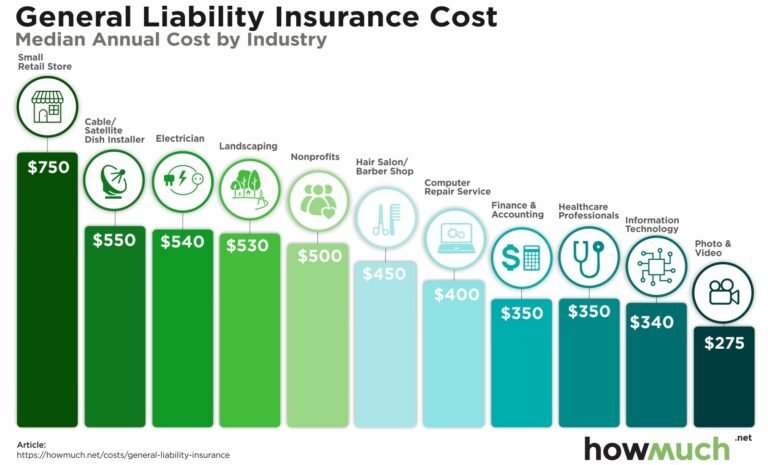Online Insurance Business
Introduction
The digital era is fundamentally reshaping customer expectations of immediacy and self-service in accessing varied services and solutions online – with insurance proving no exception. As time poor consumers increasingly seek protection online that can be swiftly tailored, managed without paperwork headaches and claims submitted digitally, historic sales models require transformation.
This article explores the emergence of online insurance for personal and business customers encompassing:
- Benefits of online insurance access
- Products moving online
- Understanding online insurance models
- Getting licensed for online trading
- 5 common questions
Read on for comprehensive insights into capitalizing on buyers embracing cyber enabled insurance in the digital age.
Benefits of Online Insurance Trading
Empowering customers to self-educate on protection needs, obtain quotes and complete purchase online delivers multiple commercial benefits including:
- Wider market reach: Online removed traditional geographic constraints in serving additional demographics.
- Lower distribution costs: Transition from physical branch networks and face-to-face sales cuts expenses.
- Productivity efficiencies: Automation of previously manual processes related to application processing, documentation etc enhances operational scalability.
- Customer self-service: Clients directly manage policies through digital account logins reducing admin contact.
Collectively this expands viable target markets whilst achieving cost efficiencies from digitisation.
Insurance Products Moving Online
Though quotations and applications have been accessible online previously, additional transaction steps traditionally remained offline. Complete digital product availability now includes:
- Home insurance: Immediate protection for property contents and buildings.
- Travel insurance: Covers illness, injury, theft etc when travelling locally or overseas.
- Car insurance: Must have cover for vehicle loss or damage with digital discounts common.
- Business insurance: Spans property, vehicles, public liability, worker insurance etc.
- Professional liability: Shields advice givers against negligence claims.
Today most insurance types can be bought 100% online end-to-end.
Online Insurance Models
Insurers broadly utilize two models for transacting digitally:
Direct Online Insurers:
Carriers fully conducting product development, underwriting, sales online without legacy broker channels. Highly digital experiences but restricted product ranges focusing only on markets with data advantages.
Examples: Lemonade, Root, Next
Digital Brokers:
Intermediaries moving existing broker led operations across varied products online through partnerships with established insurers. Retain extensive risk product expertise.
Examples: Cover Genius, Coalition, Zebra
Blending both models enables digital expansion leveraging existing capabilities.
Getting Licensed for Online Trading
Firms seeking regulatory approval to sell insurance online must undergo applicable jurisdiction processes like:
- Establishing a registered business entity if trading under own brand.
- Applying for mandatory licenses e.g a Coverholder license supports acting as an underwriting agent on behalf of registered insurers.
- Adhering to financial adequacy requirements like minimum capital reserves.
- Designating responsible manager/s with industry approved qualifications.
- Maintaining ongoing governance measures like appropriate trust account handling.
Compliance enables aboveboard participation in underserved online insurance markets undergoing exponential rises from converting customers.
5 Key Questions
- How are claims digitally assessed and approved? Photos, video assessments, IoT connected device data etc uploaded via portals feeds automated claim verdicts, approvals and payments.
- What staffing is required?
Small specialist teams across risk analytics, marketing, engineering etc rather than extensive field underwriter or claims experts. AI supports acceleration. - How do online sellers obtain insurance products for distribution? Licensed coverholders directly access approved markets or form intermediary arrangements with incumbent insurers seeking an agile digital channel.
- What governance applies as an underwriting agent? Requirements like adequacy of professional indemnity insurance, separation of funds, compliance policy minimums etc dictate operational obligations and protections.
- Who provides capital to fund potential claims?
Working alongside providers with strong balance sheets is vital for sustainable capacity to pay substantial claims from own reserves.
Conclusion
Rather than being immune to digital disruption, the insurance sector is undergoing immense technology-driven transformation in how protection services are developed, sold and managed – with intensifying consumer appetite for transacting coverage entirely online removing historical industry barriers.
Equipped with lower overheads and focus purely on efficient online user experience devoid of legacy distribution expenses, digitally-born carriers and brokers make significant market inroads entrenched incumbents with vast product inventories struggle replicating without channel conflicts.
Getting licensed for proprietary online trading or collaborating with digitally native partners makes leveraging this accelerating shift towards internet enabled models vital for maintaining relevance amid the rising competitive threats and evolving customer preferences of the cyber age, regardless of corporate pedigree. The time to expand online options is now.






